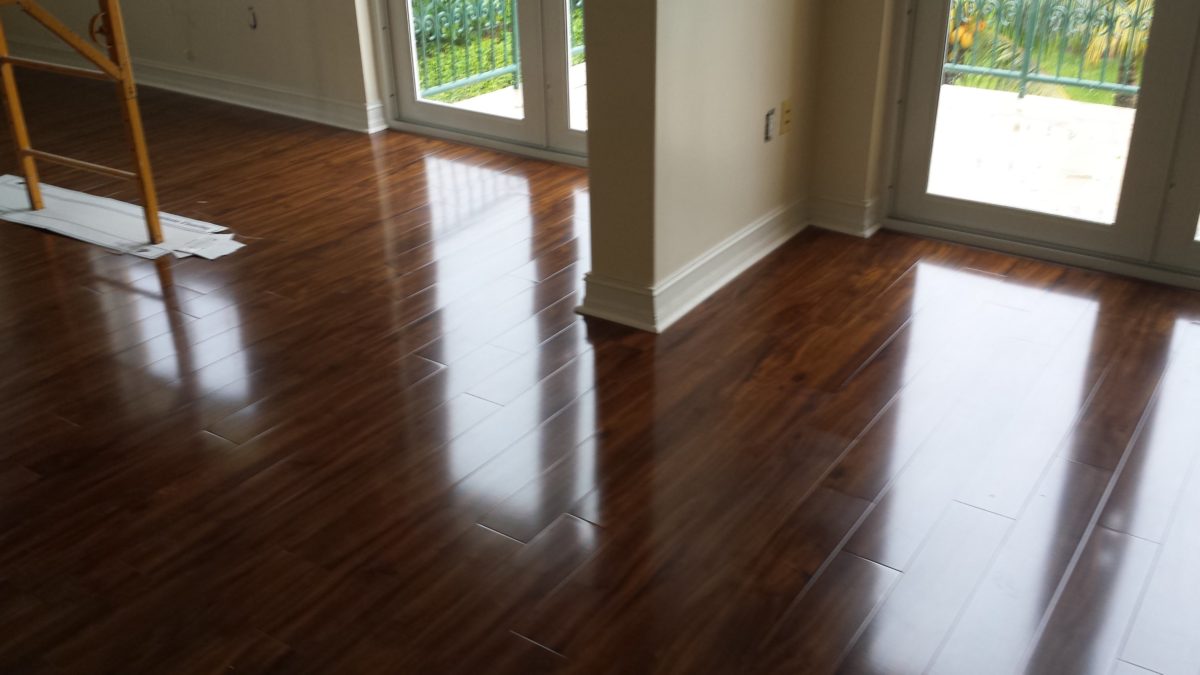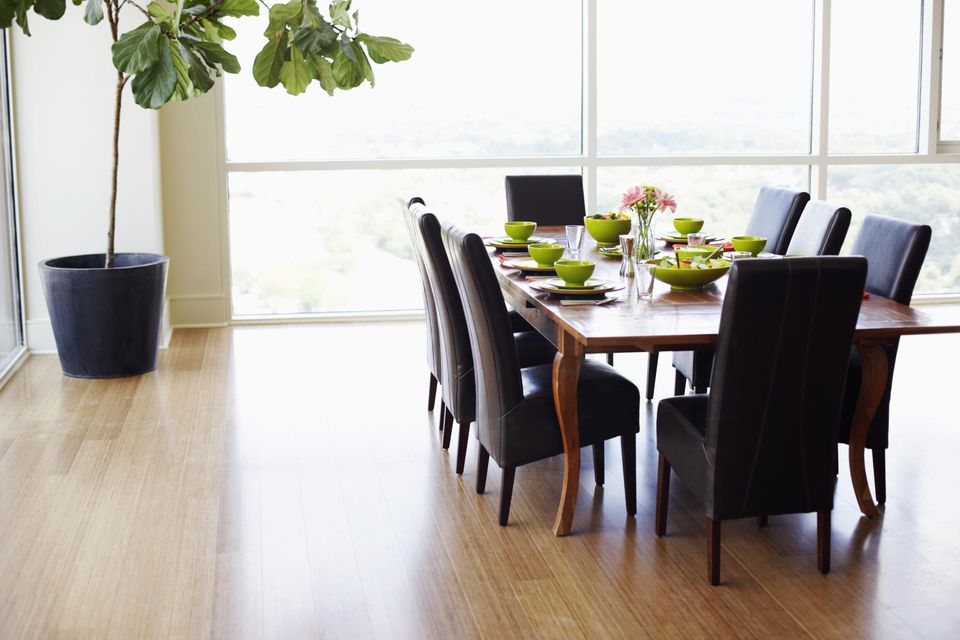So you’re wanting to get into the house flipping game. Maybe a friend of yours has made money flipping houses, or maybe you’ve been watching a ton of reality television; whatever your reasons, you’re ready to test your eye for design and start flipping houses. However, what is the best flooring for flipping houses? Let’s get started!
What does “flipping houses” mean?
Hint: It’s not what happens in The Wizard of Oz. Flipping houses is when a person buys a house at (usually) an affordable as-is price and then, through remodeling, improves the overall house. The goal is to resell the property and have a high ROI, or Return on Investment.
Laminate:
Laminate is very popular among experienced house-flippers. One reason being it gives houses an expensive look without the expensive investment. Laminate can also come in a variety of looks, so the choice is yours (though we would recommend more neutral colors if flipping).
Laminate is a great choice if you have a lower budget but still want a good ROI when you sell.
Luxury Vinyl:
Related content –>2017 Vinyl Flooring Trends: 16 Hot New Ideas
Luxury vinyl flooring is the new flooring of choice for experienced flippers. While laminate is still popular for flipping, vinyl flooring has more perks at close to the same price. You can buy vinyl flooring in planks, tiles, or rolls, so you can control the look of your flip easily. Vinyl flooring also comes in a variety of finishes including wood look-alikes and natural stone.
Additionally, you can buy WPC vinyl flooring, which is 100% waterproof. This makes it a great choice for a continual flooring from living room to the kitchen. It can even be used in the bathroom!
Best yet: vinyl offers a great ROI.
Engineered Wood:
If you have the budget for it, engineered wood is great for a house flip. It has a high-end hardwood look because it is real wood! Engineered wood is constructed in layers to offer more durability and moisture resistance. These floors won’t have potential buyers daydreaming about ripping up your floors.
It is often more expensive than say, laminate, so it might be best to choose this for higher-value houses to make sure you earn a good ROI.
Hardwood:
Does your flip already have hardwood? Is there hardwood hidden underneath the carpet? If so, you struck a gold mine! Everyone wants hardwood in their home. If you have it already, even better. Your best bet would be the sand and refinish the hardwood to make it beautiful again.
If you don’t have hardwood, is it worth it to invest in it? Maybe.
Whether or not you want to buy hardwood for your house flip depends on the answers above. The truth is, hardwood will always raise the value of your flip and will make buyers more keen to make an offer; however, hardwood flooring is expensive.
If your budget doesn’t allow for it, or if hardwood floors are uncommon in the area you are flipping, it may not be worth the investment.
Carpet:
Carpet is a big no-no in the house flipping world. Adding carpet to a flipped house probably won’t increase your ROI. Truth is, not a lot of people want carpets in their houses anymore. Those buyers that are going to view your flip? Yeah, they’re just thinking about how much it will cost to rip-out your brand new carpet and replace it with something else. Pity.
However, replacing old carpet with new carpet is always better than leaving the old carpet in place. If you can’t afford to upgrade the flooring to something other than carpet, at least replace it and you’ll break even.









